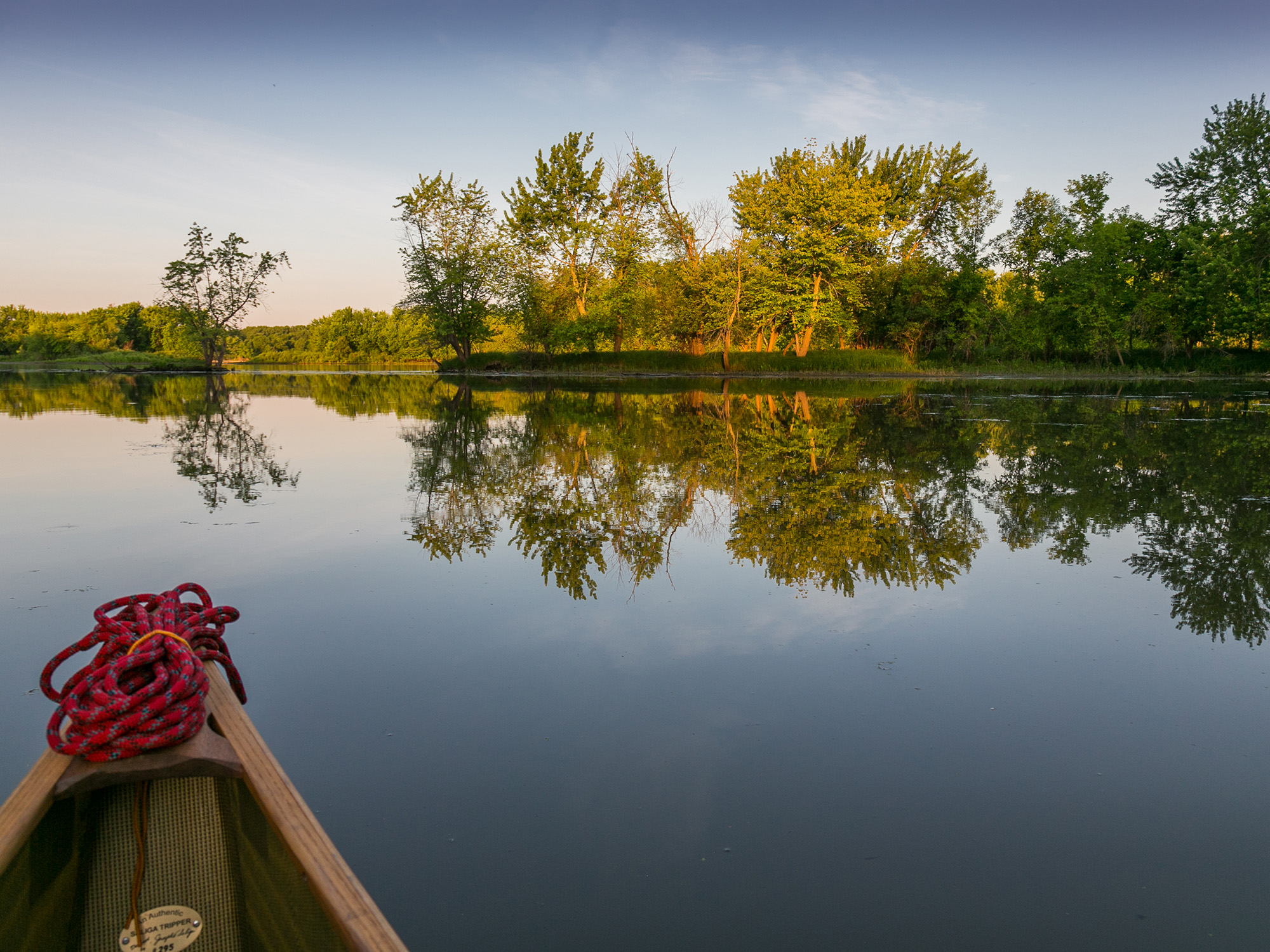5 ways you can educate yourself and your community about the river

(Photo by Tom Reiter for FMR)
By learning, sharing and exploring with your friends and family, you can help grow support for this river: Wakpá Taŋka, Haha Wakpa, Misi-ziibi, the mighty Mississippi. As part of our 30 ways to help the river series, here are a few ways to learn more about the river and the place and communities it has shaped.
1. Learn about the Dakota and Indigenous history and presence here
Wakpá Taŋka or Haha Wakpa is the Dakota name for the river that connects all waters and all lives where we live. In the Twin Cities, we live among the traditional homelands of the Dakota people who have called this place home for countless generations and who continue to steward this place in the present. Minnesota has also been home to, nurtured and been nurtured by many other Indigenous nations, including the Ojibwe and the Ho Chunk.
There are so many ways to learn more about Indigenous connections to this place. Here are just five: connect with local Native-led organizations (find a few here); understand sovereignty, governance and more via Native Governance Center resources; find educational materials from Minnesota Humanities Center; visit the Our Home: Native Minnesota exhibit at the Minnesota History Center; join an in-person experience like Learning from Place: Bdote; and read books like "Mni Sota Makoce: The Land of the Dakota" by Gwen Westerman & Bruce White (maybe get a copy from Birchbark Books in Minneapolis!).
2. Stencil storm drains with a clean water reminder
You've probably seen a spray-painted warning beside a storm drain: "Keep 'em clean — drains to river!" FMR leads groups and offers DIY storm drain stenciling kits to individuals who want to remind all of us that if it's in our streets, it's in our streams.
We'd love to teach your class or group about our waters and lead a St. Paul cleanup or stenciling outing. Visit our stenciling page for more information.
3. Encourage pride in our national park
Many Minnesotans think our only national park is Voyageurs, some 300 miles north of the Twin Cities. But the entire 72-mile stretch of the river that runs through our metro area makes up the Mississippi National River and Recreation Area (MNRRA). This park is special since it's run in partnership with local landowners. In fact, the federal government owns very little of the land within the park boundaries — just 64 acres.
Head to the National Park Service MNRRA page to plan your next outing.
4. Get involved in community or state decision-making
You have the power to influence projects, plans and rulemaking that shape our river and its communities. Join your neighbors to solve issues close to home through your local city or town council, parks or planning agencies, and state Legislature.
If you're passionate about an environmental or development issue, show up and speak at a public forum. Make comments on park or development plans. Get to know your local and state elected officials and share what's important to you.
5. Visit and explore the river together
One of the best ways to foster care for our river is through experience. Over the years, the Twin Cities has ranked high for park accessibility. Check out our Explore the River map to find more than 30 of our favorite spots to connect with the river.
Share the special places you find with others. Visit by foot, by boat or simply be still on the shoreline. The river is sure to inspire connection.
30 ways you can protect the river
Looking to take action and make changes for the river you love?
We've rounded up 30 ways to get started.